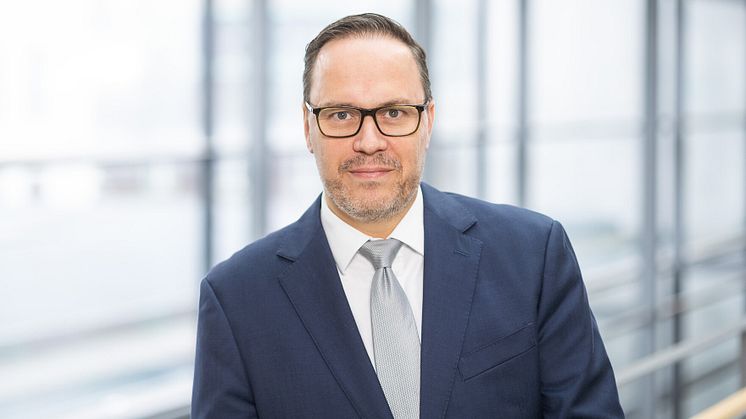
News -
Second progress report on Saxony’s hydrogen strategy presented
Saxony’s Minister of Energy and Economic Affairs, Dirk Panter, presented the second implementation report on the Saxon Hydrogen Strategy to the Cabinet. The report stated that numerous measures had already been initiated or had been successfully implemented since the strategy was first presented in January 2022. Since then, research institutions, companies, and public authorities were said to have jointly advanced the development, testing, and market establishment along the entire hydrogen value chain.
Current geopolitical challenges and the energy crisis caused by the war in Ukraine were said to have further increased the urgency for action and to underscored the growing importance of renewable energies and hydrogen technologies.
Globally, a slight slowdown in the market ramp-up was said to be observable—both in terms of implementation speed and expected market volume—caused, for example, by regulatory, economic, and infrastructure-related challenges. Nevertheless, in October 2024, a key milestone was said to have been achieved in Germany with the approval of the national hydrogen core network.
In the first expansion stage of the core network, the connection of important Saxon economic regions—Dresden, Leipzig, Zwickau, Lusatia, and the Meißen industrial belt—was said to be planned. As early as spring 2025, a section of the core network had been filled and put into operation by the gas transmission network operator Ontras. However, due to the early stage of the hydrogen economy, the hydrogen core network would not yet be able to ensure comprehensive coverage for all regions of Saxony and Germany. The state government was said to intend to continue advocating for planning certainty for all regions of Saxony as quickly as possible.
The report emphasized that Saxony was in an excellent position thanks to the Saxon Hydrogen Competence Center (KH2). Saxon expertise as well as Saxon products, components, and systems were said to be in demand far beyond the state’s borders to drive forward the transformation of the energy system.
To turn this expertise advantage into market opportunities, the Hydrogen Innovation Center (HIC) would be under development in Chemnitz. As one of four national innovation and technology centers (ITZ), the HIC was said to have received funding commitments in spring 2025 from the Federal Ministry for Digital and Transport as well as from the Saxon Ministry of Economic Affairs. The HIC would create in Chemnitz a state-of-the-art facility for research, development, testing, and supply processes in the field of hydrogen mobility—particularly with a focus on small and medium-sized enterprises. It would open up opportunities that were said to be unique so far in the German industrial landscape.

